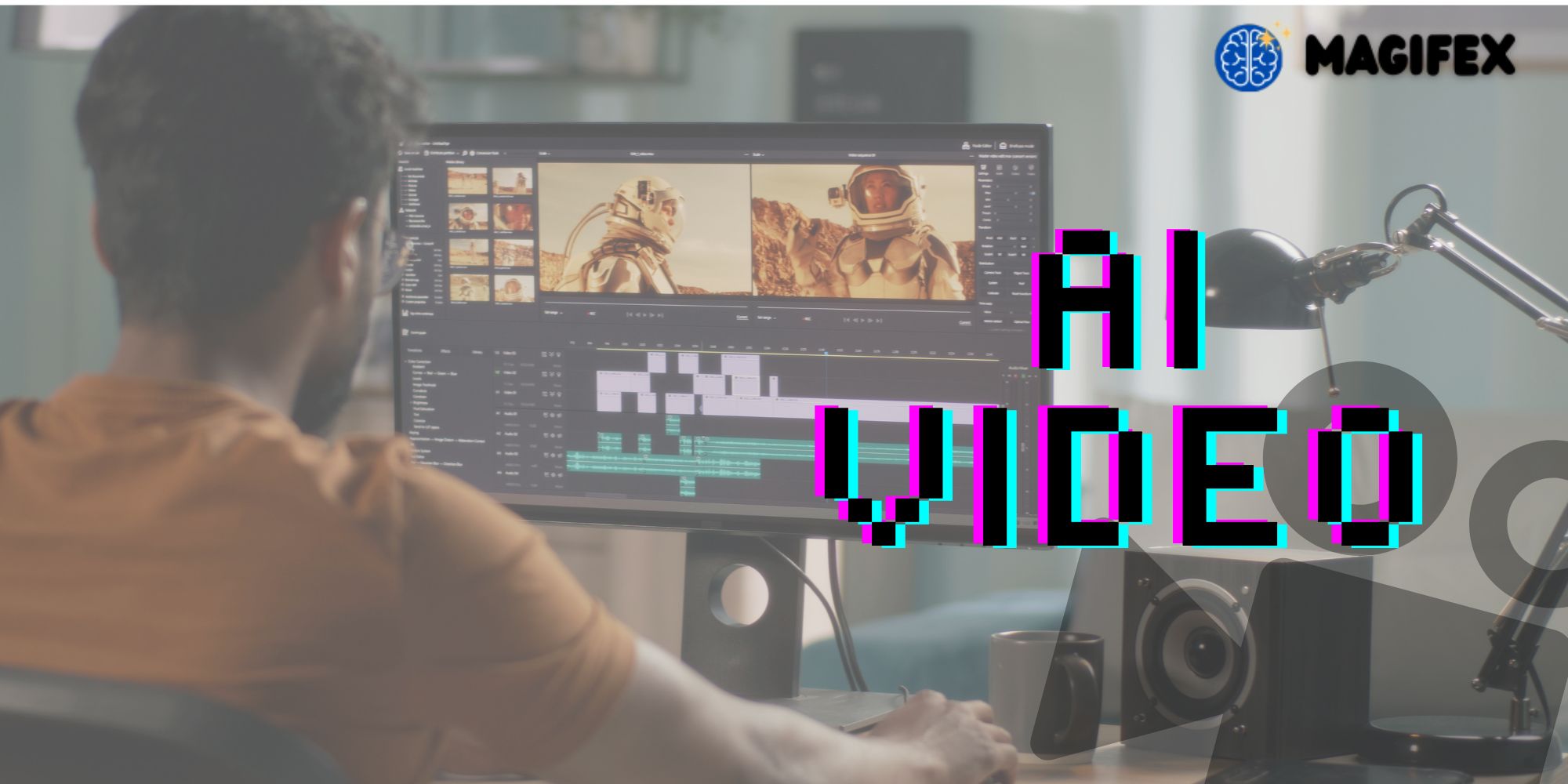Blogs / AI Video to Text: How Artificial Intelligence is Transforming Transcription and Content Creation
AI Video to Text: How Artificial Intelligence is Transforming Transcription and Content Creation
Admin / June 28, 2025

In the digital era, AI video to text tools are revolutionizing how we convert video content into written text. Whether for subtitles, transcripts, content repurposing, or SEO optimization, these tools save time and ensure accuracy for businesses, educators, and creators.
What is AI Video to Text?
AI video to text refers to using artificial intelligence and speech recognition technologies to automatically transcribe spoken words in a video into written text. Unlike manual transcription, AI tools can process videos in minutes with high accuracy.
Popular AI video to text tools include:
-
Otter.ai video transcription
-
Rev AI automatic transcription
-
Descript AI video to text converter
-
Google Speech-to-Text API
-
Magifex AI video to text tool
How Does AI Video to Text Work?
AI video to text tools use speech recognition algorithms, natural language processing (NLP), and machine learning models to:
-
Analyze the audio track in the video
-
Recognize and process spoken words
-
Convert speech into written text accurately
-
Add punctuation, formatting, and speaker identification (in advanced tools)
For example, an educator can upload a recorded lecture to an AI transcription tool and receive a complete transcript within minutes, ready for sharing or converting into learning materials.
Benefits of AI Video to Text Conversion
-
Time-Saving
-
AI transcribes videos much faster than manual typing, boosting productivity.
-
-
Cost-Effective
-
Reduces the need for hiring transcription services, saving operational costs.
-
-
Improved Accessibility
-
Provides subtitles for videos, making content accessible to people with hearing disabilities.
-
-
SEO Optimization
-
Transcripts improve video SEO by allowing search engines to index spoken content.
-
-
Content Repurposing
-
Convert webinars, podcasts, and interviews into blogs, articles, and social media posts easily.
-
-
Accuracy and Consistency
-
Advanced AI tools provide high transcription accuracy with minimal errors.
-
Limitations of AI Video to Text
Despite their benefits, AI video to text tools have some challenges:
-
Background Noise Interference: Accuracy drops if the audio has noise or overlapping voices.
-
Accents and Dialects: Some tools may struggle with heavy accents or regional dialects.
-
Editing Required: Minor corrections are often needed after AI transcription.
-
Data Privacy Concerns: Uploading sensitive videos to cloud-based tools may raise privacy issues.
Future of AI Video to Text Technology
The future of AI video to text conversion is promising with advancements in:
-
Real-time transcription with low latency
-
Multilingual transcription and translation
-
Emotion and tone detection in speech-to-text
-
Automatic summarization of transcribed content
As AI continues to improve, video transcription will become an essential tool for content creators, educators, and businesses aiming for efficiency and accessibility.
Conclusion
AI video to text tools are transforming how we create and distribute content. From improving accessibility to enhancing SEO and saving valuable time, AI transcription is becoming a must-have technology in today’s digital landscape.